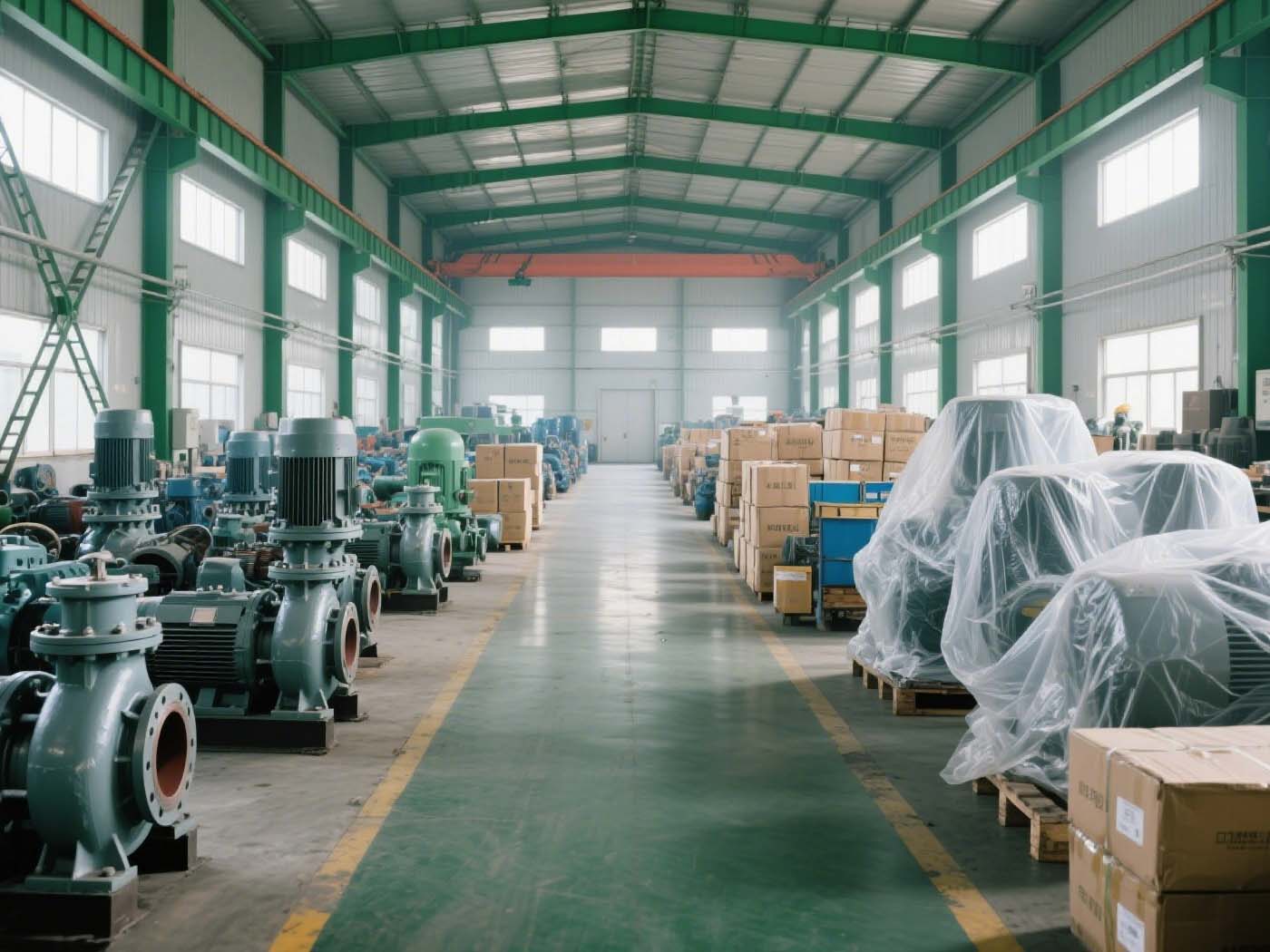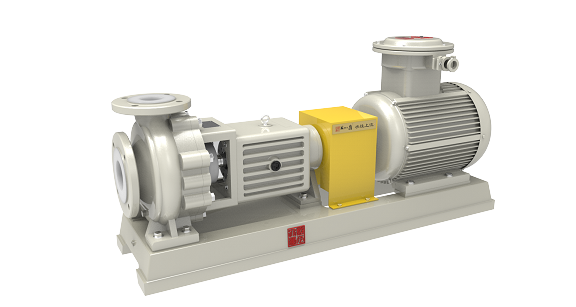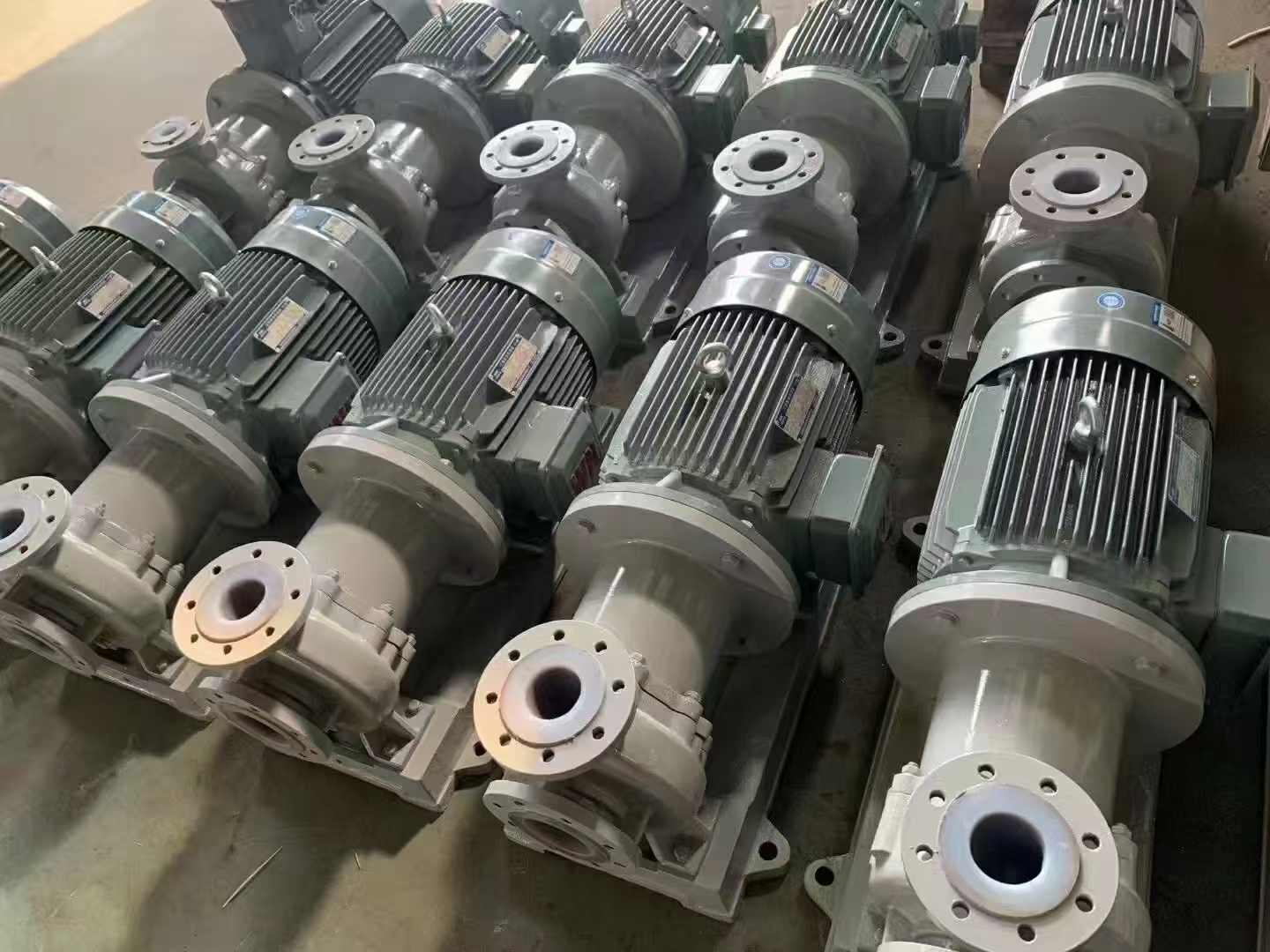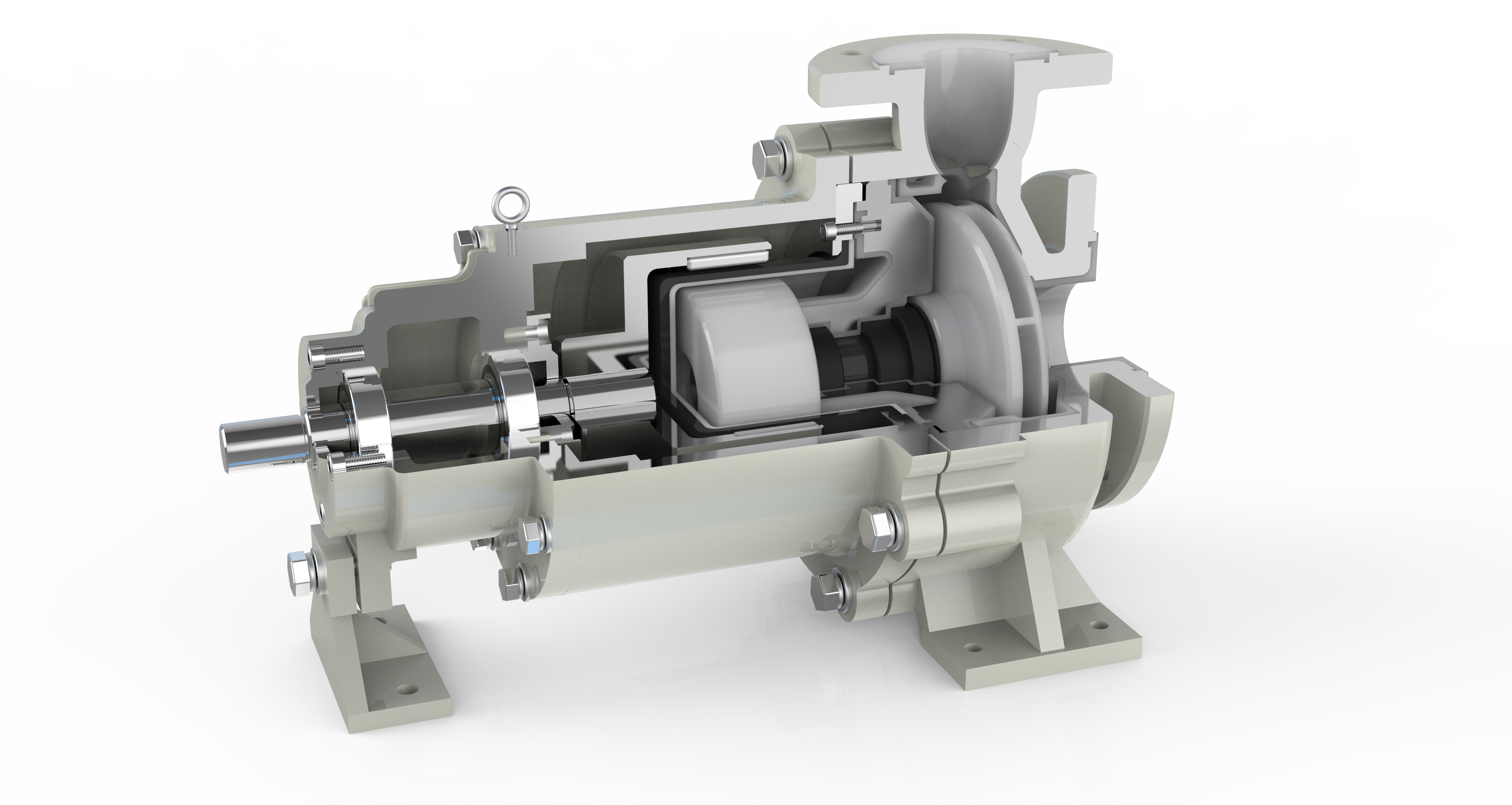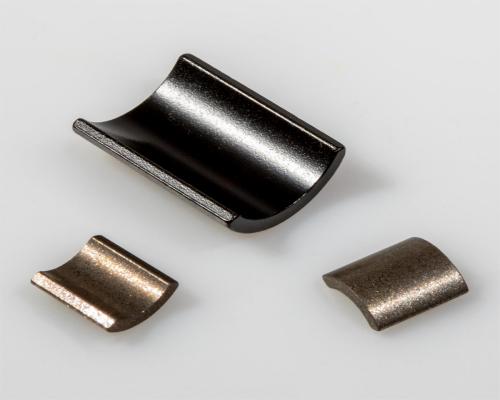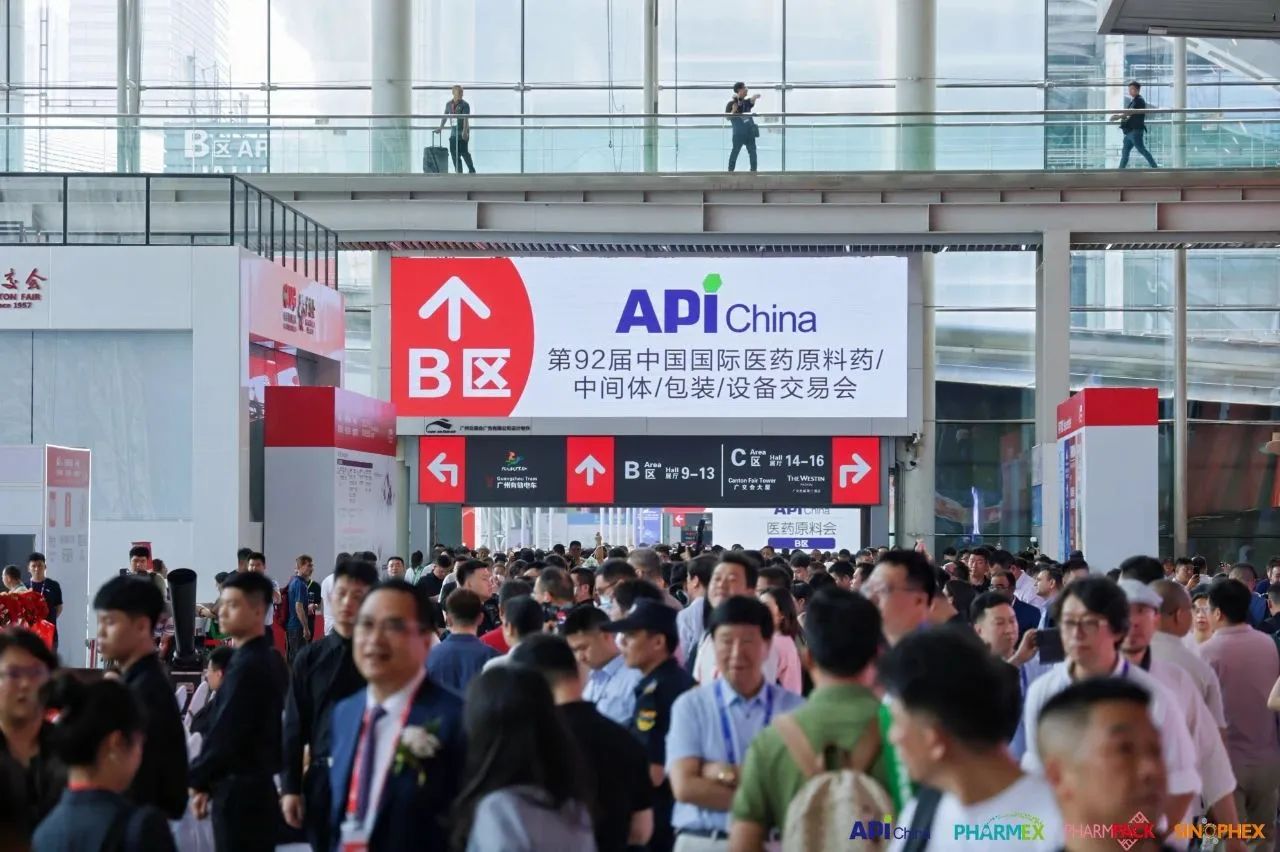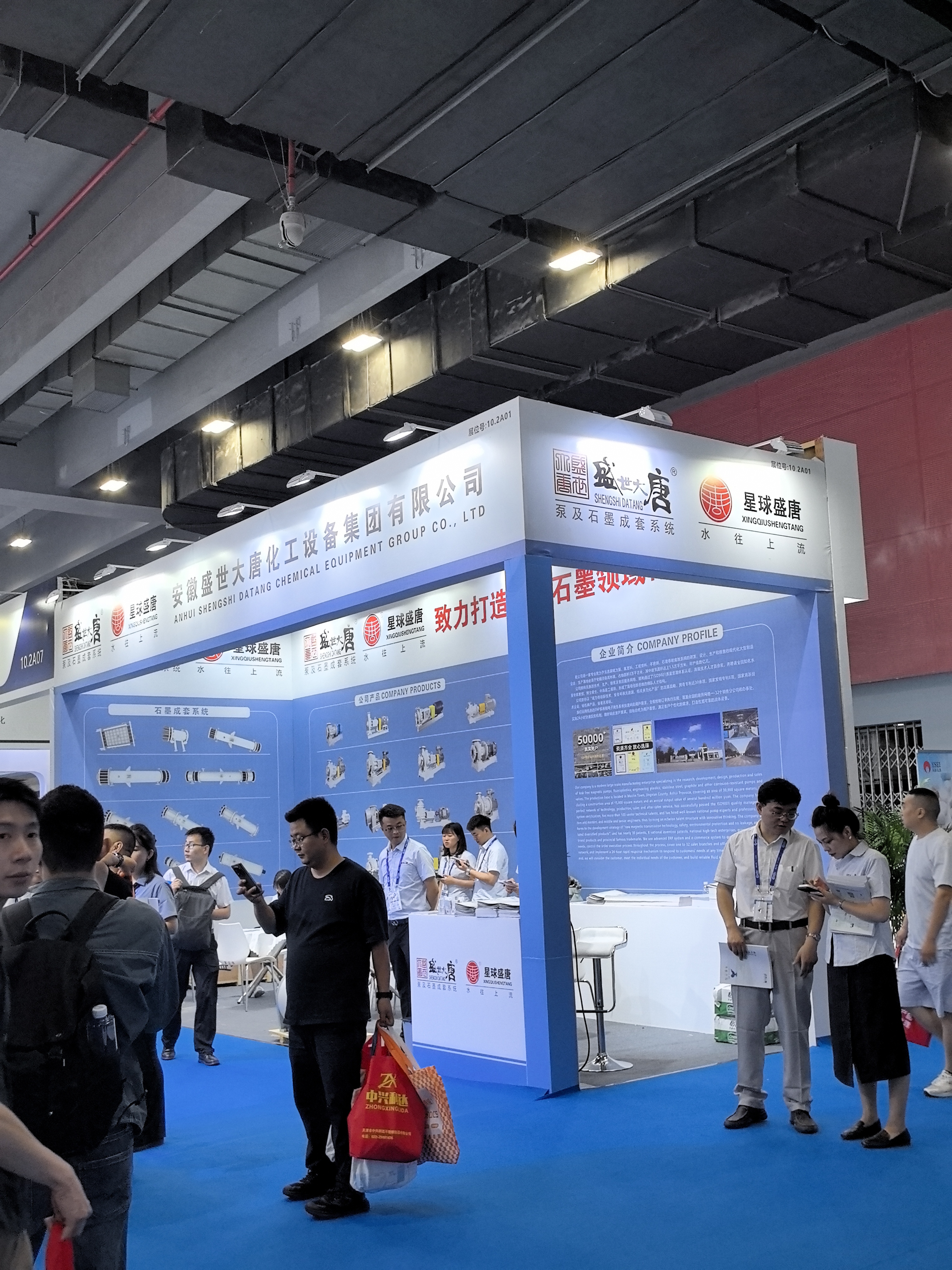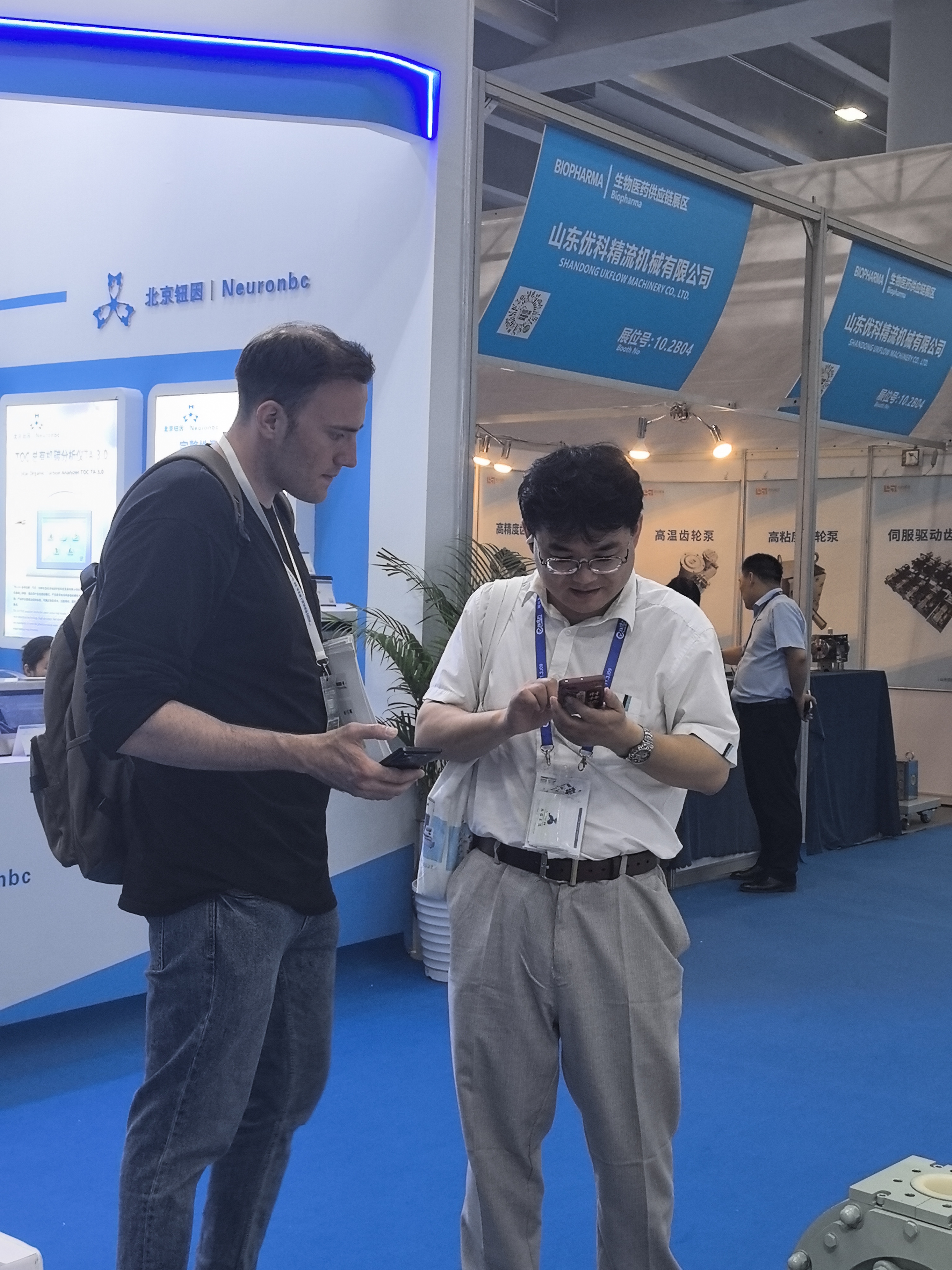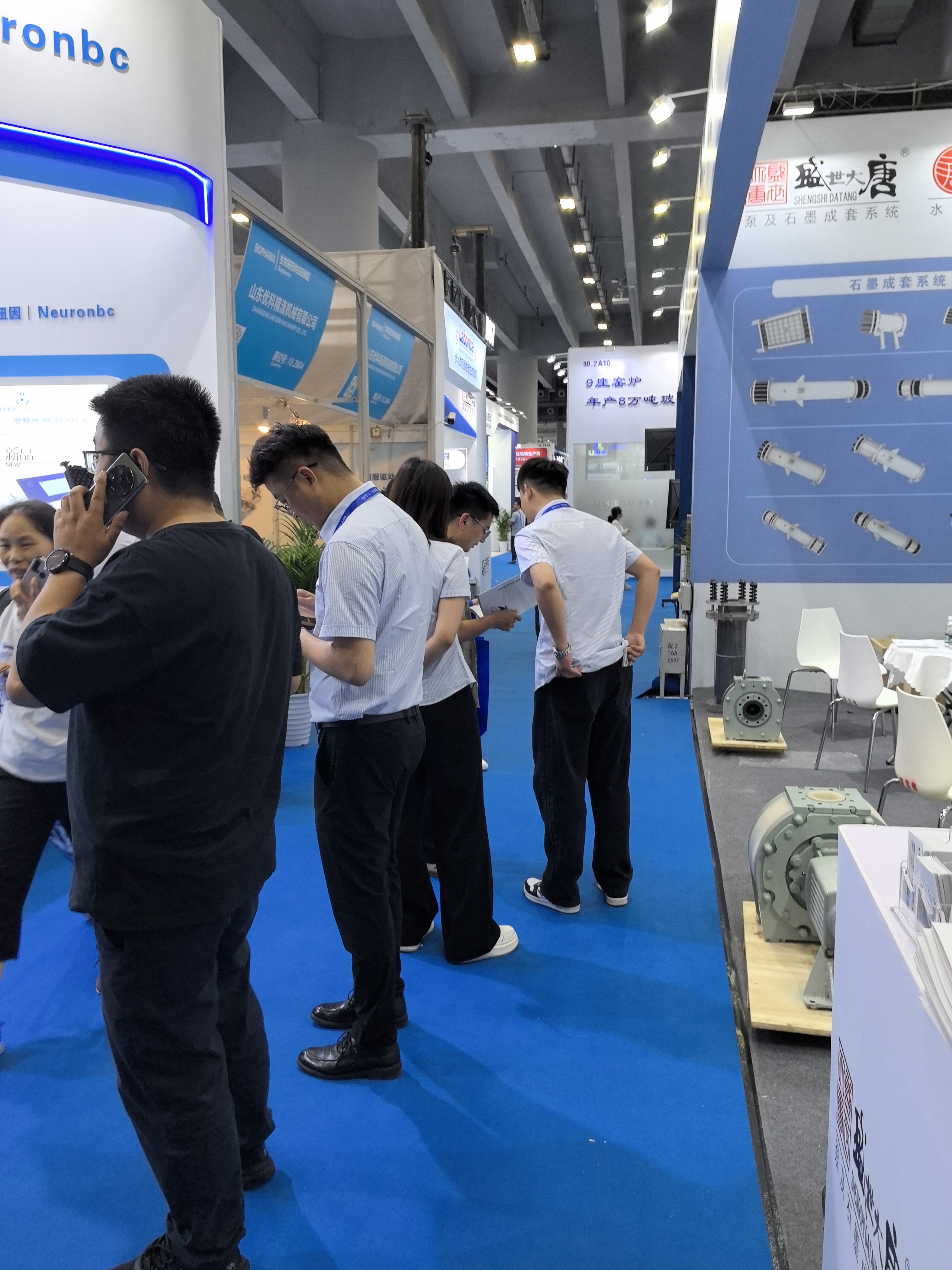Polyester web slings, a type of synthetic lifting sling, play a crucial role in various lifting and rigging applications across industries. Made from durable polyester fibers, these slings offer a versatile and reliable solution for safely securing and lifting heavy loads. In this blog post, we explore why polyester web slings are a popular choice for lifting operations, highlighting their key features and benefits.
Polyester web slings, also known as polyester flat slings, are designed for a wide range of lifting tasks due to their strength, flexibility, and durability. These slings consist of multiple layers of polyester webbing stitched together to form a strong and flexible lifting strap. Polyester, a synthetic material known for its high tensile strength and resistance to abrasion and UV rays, makes it an ideal choice for lifting heavy loads safely and efficiently.
Polyester web slings are known for their exceptional strength-to-weight ratio, making them suitable for lifting heavy loads while remaining lightweight and easy to handle. The polyester fibers are resistant to stretching, making them ideal for maintaining load stability during lifting operations.
Polyester web slings have excellent resistance to most chemicals, including acids, alkalis, and solvents. This resistance ensures that the slings maintain their strength and integrity even when exposed to harsh chemical environments.
Polyester web slings are versatile and can be used in various lifting applications, including construction, manufacturing, shipping, and logistics. Their soft, flexible nature allows them to conform to the shape of the load, providing a secure lift without causing damage.
Polyester web slings are a cost-effective lifting solution compared to alternatives such as steel wire ropes. They offer high performance at a lower cost, making them a popular choice for businesses looking to maximize productivity while minimizing expenses.
Polyester web slings are designed with safety in mind. They are color-coded based on their Safe Working Load (SWL) capacity, making it easy for users to identify the appropriate sling for their lifting requirements. Regular inspection and maintenance of these slings are essential to ensure safe lifting operations.


